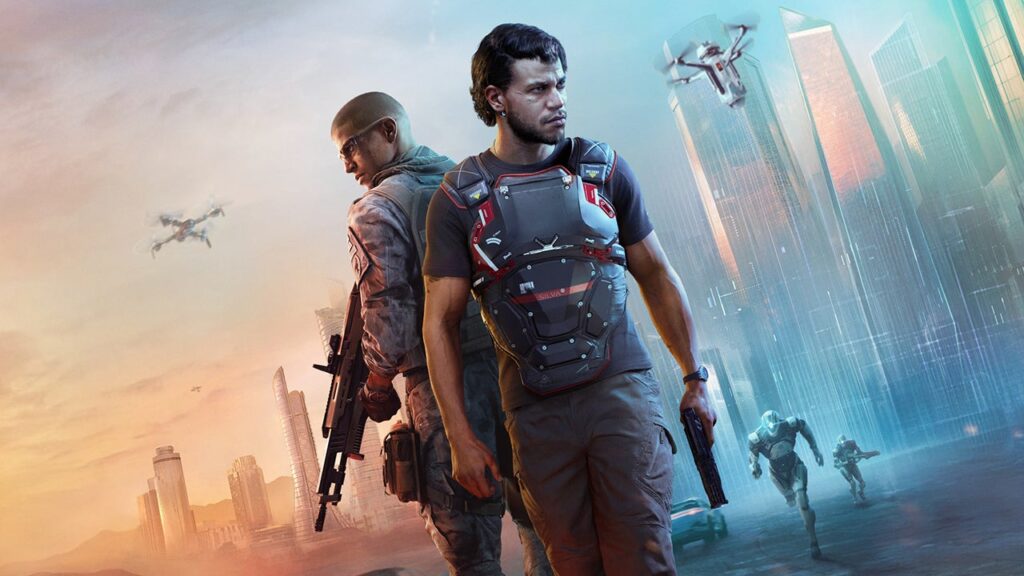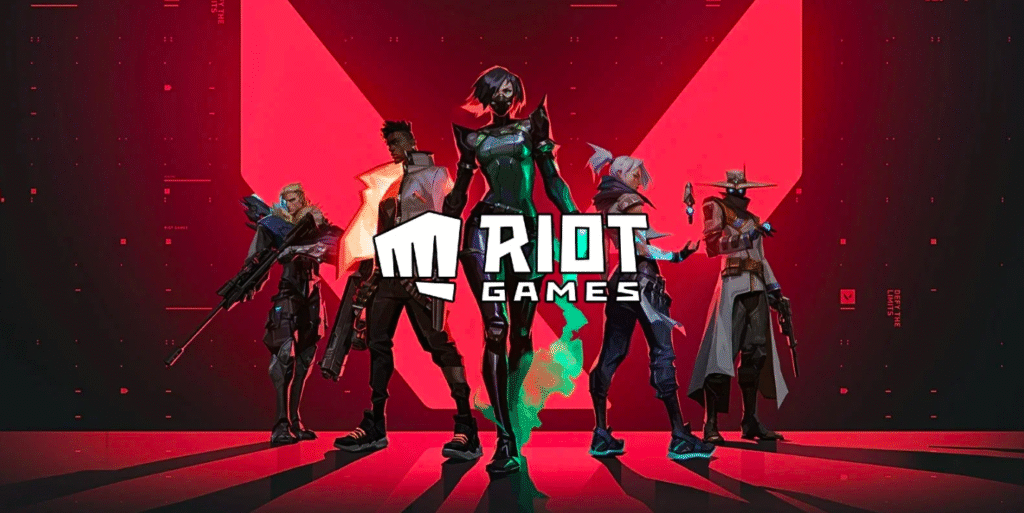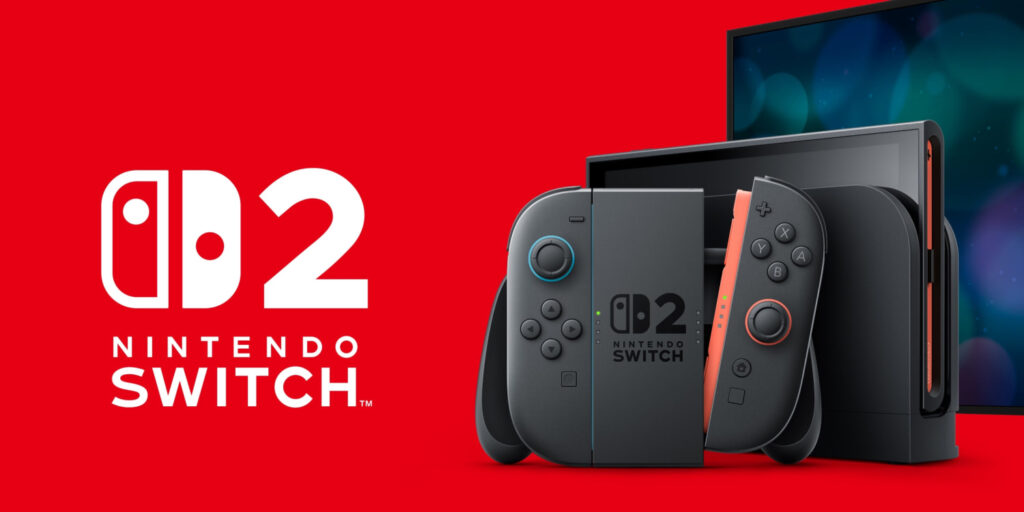Key takeaways
- Leadership matters: Even talented teams can fail under poor direction.
- Transparency fosters innovation: Ignoring feedback kills morale and creativity.
- AAA scale doesn’t guarantee success: Cohesion and clarity outweigh budgets.
Leadership Missteps Behind MindsEye’s Failure
When MindsEye launched on June 10, 2025, expectations were high for Build a Rocket Boy’s ambitious AAA debut. But the game’s release was met with widespread disappointment — and according to several former employees, the reasons go far beyond bugs or balancing issues.
In a BBC interview, multiple ex-developers described a studio plagued by poor direction and unstable management. Director Leslie Beznies was repeatedly cited as the source of the game’s confusion and inconsistency. “Leslie never decided on what game he wanted to make,” said one former employee, who spoke under the alias “Jamie.”
Also read : Sonic Racing: CrossWorlds to add Joker in upcoming update this week
A Studio Without Direction
Anonymous sources told the BBC that Beznies’ leadership style created chaos. Features were reportedly added or removed without proper testing or planning. “He would ask for new ideas and features at a pace that just wasn’t feasible,” Jamie said. This constant shift in priorities, they added, made it impossible for teams to take ownership of their work.
Former lead data analyst Ben Newbon shared similar frustrations: “A lot of the points we were hammering home were just ignored and never actioned.” Developer Margherita Peloso echoed that sentiment, describing a culture that discouraged open feedback and innovation.
Burnout and Backlash
MindsEye sold just 35,000 copies on Steam and 150,000 on PlayStation — a fraction of what’s expected for a AAA release. Reviews have been equally harsh. On Steam, the game holds a “Mostly Negative” rating, with English-language feedback marked as “Mixed.” One user summed up the experience: “This is the worst best game I’ve ever played — so bad that it’s good.”
The internal instability, sources say, ultimately bled into the final product. Unrealistic deadlines, leadership indecision, and ignored feedback led to developer burnout and a confused creative vision.
Disclaimer: The information in this article is for general purposes only and does not constitute financial advice. The author’s views are personal and may not reflect the views of GameDegen.com. Before making any investment decisions, you should always conduct your own research. GameDegen.com is not responsible for any financial losses.


